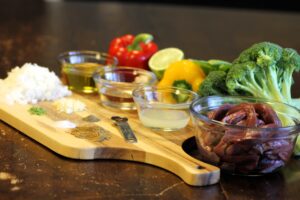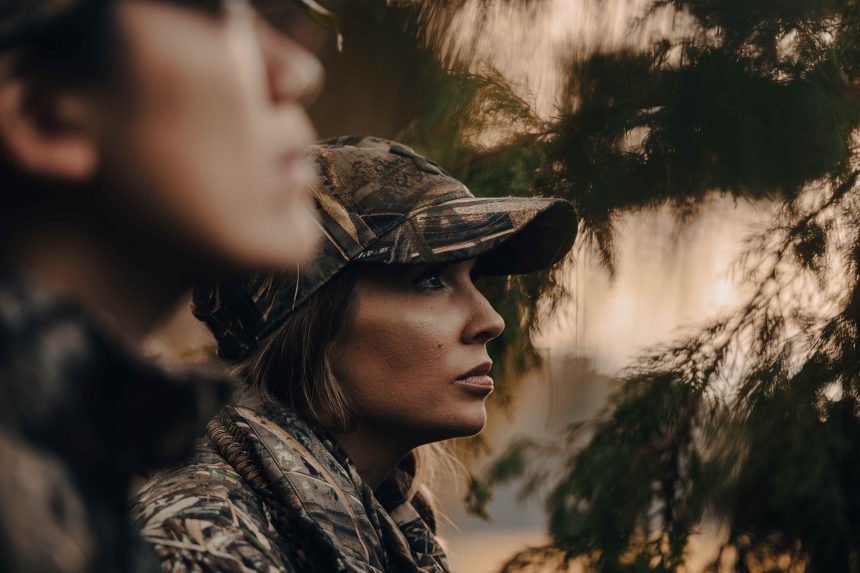By Craig Springer, USFWS
Ancient is our union with woods and waters.
We live in rhythms, circadian and seasonal, granular and in grandeur. Animal migrations are among the most fascinating of rhythmic natural phenomena, some of it well-studied. We as participants and observers of the natural world likewise respond accordingly as we have for millennia.
On cue with failing light of the oncoming fall and the falling temperatures, mammals and birds take note through memory coded in the double helix of their DNA. Call it molecular memory, it is the biological response to face adversity, to find food and habitat, shelter when most needed as the cold lays upon the Northern Hemisphere like the thickening shadows of dusk.
Hunters watch in wonder as flights of birds pass overhead; mammals reveal themselves by their tracks in angular light, all this awakening one to the rhythmic movement of wildlife. Humans have taken to this cycle, and it remains part of the lifestyle for millions on Americans. The regulated hunting of wildlife—the setting of blinds and decoys, scouting trails and learning habits and habitats, successful harvests—it all leads to a mansion of memories, the sharing of stories and the food. These rhythms nurture relationships and feed our souls.
Hunting seasons commence in the fall and some last well into winter, set under rigorous data collected and analyzed by scientists who are funded by consistent and reliable Pittman-Robertson dollars, monies first derived from federal excise taxes paid by the manufacturers of firearms, ammunition, and archery gear. Science-based hunting seasons allow for the sustainable harvest of wildlife year after year. That is—elk and deer and quail and pheasant, grouse, wild turkey, and waterfowl—the seasons set by biologists ensure harvestable numbers of animals do not exceed expected natural mortality. That would be unsustainable over the long haul, otherwise.
Harvested wildlife yields food on the table that fits well into the North American Model of Wildlife Conservation. One might tend to think that it is a cultural construct to share food; but that is not so, it’s inherent in an unchanging human nature, coded in our double helix. It’s what hunters do.

Hunters share food; hunting and its harvest lends itself to social cohesion. Hunting can be a solitary endeavor or a communal affair. Think of the comraderies and rituals of duck camps and deer camps. Rituals are affirmations of the good and beautiful, and beauty opens the heart to love. Harvested black bear brings families and friends together in the Southeast to reduce the very large animals to meat—protein for the plate—and clear lard for biscuits and sealers for fabric. Harvested javelina, elk and mule deer bring families and friends together, a communal affair, in the American Southwest to make tamales—meats marinated in locally grown red chile and wrapped in masa swaddled in corn husks. Fish fries and clambakes all have their own local hooks and flairs.
Food is not a byproduct of hunting—it is the essence—locally sourced free-range protein that has never touched Styrofoam. Conservation Visions’ Wild Harvest Initiative offers some impressive number as to the amount of food yielded by hunter-harvested waterfowl. Over the span of four hunting seasons, 2019 to 2023, hunters harvested from all 50 states, 12.2 million ducks, geese, swans, coots, and gallinules yielding 30.1 million 6-ounce servings of meat. Big game animals yield large amount of protein, too.
Aside from informal sharing among family, friends and neighbors, churches and pantries and food banks take donated animals. Studies reveal that many hunters share harvested wildlife with three to five other households, many of them non-hunters bolstering community and relationships. While most sharing happens informally, numerous organizations with formal donation programs address food insecurity resulting in millions of pounds of game meat distributed annually. Big-hearted big game hunters and waterfowlers alike embrace the opportunity to help those who suffer food insecurity.
Hunting is a primal act, and to borrow from Augustine it is “ever ancient, ever new.” Encounters with wild animals in wild places made available via Pittman-Robertson reveal the rhythms of the world in new ways. Ancient is our union with woods and waters—it’s old, like religion—and what is religion but a re-ligament to reconnect to one’s original being. Hunting feeds people and serves up soup for the soul that sticks to your ribs.

